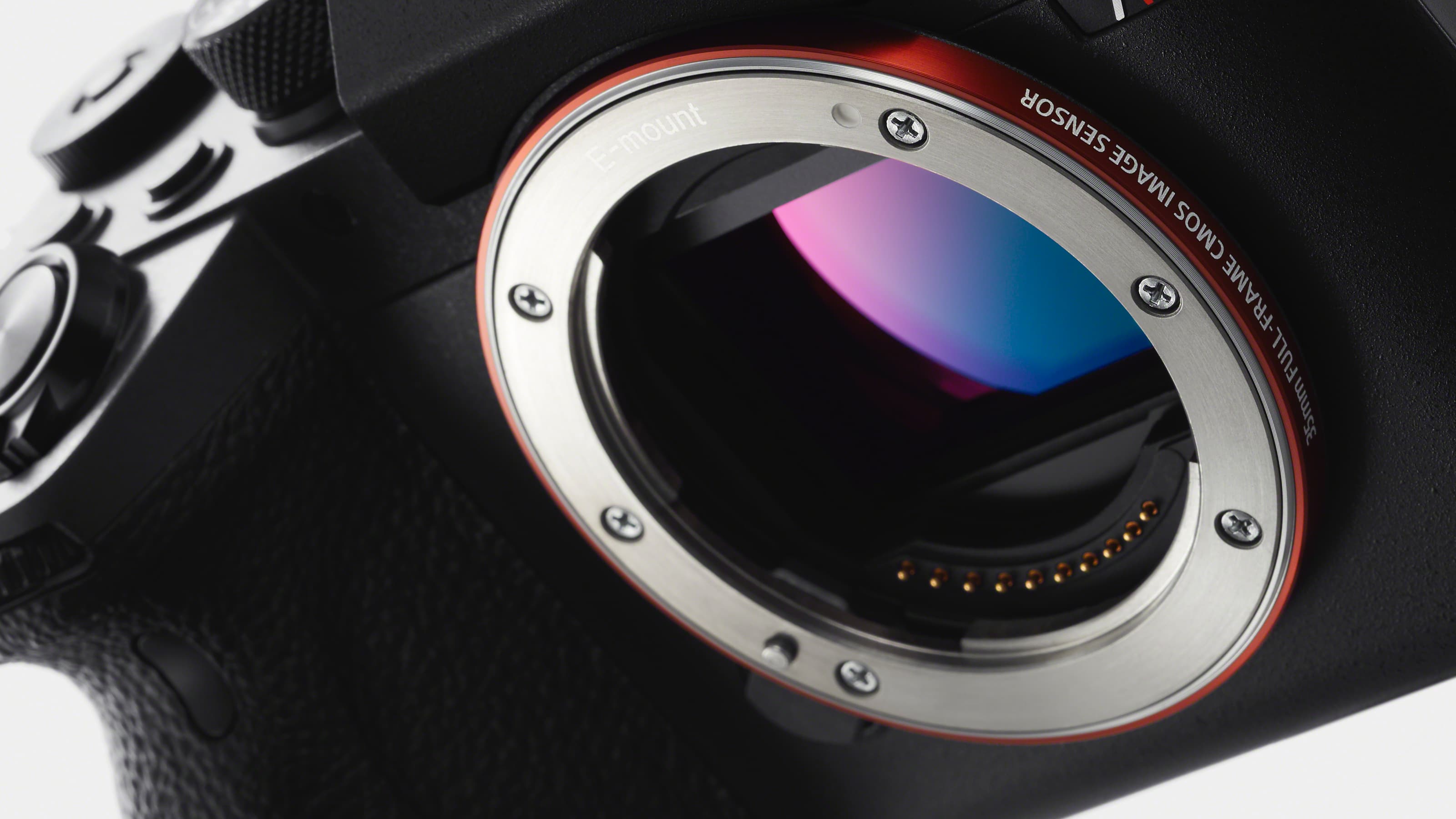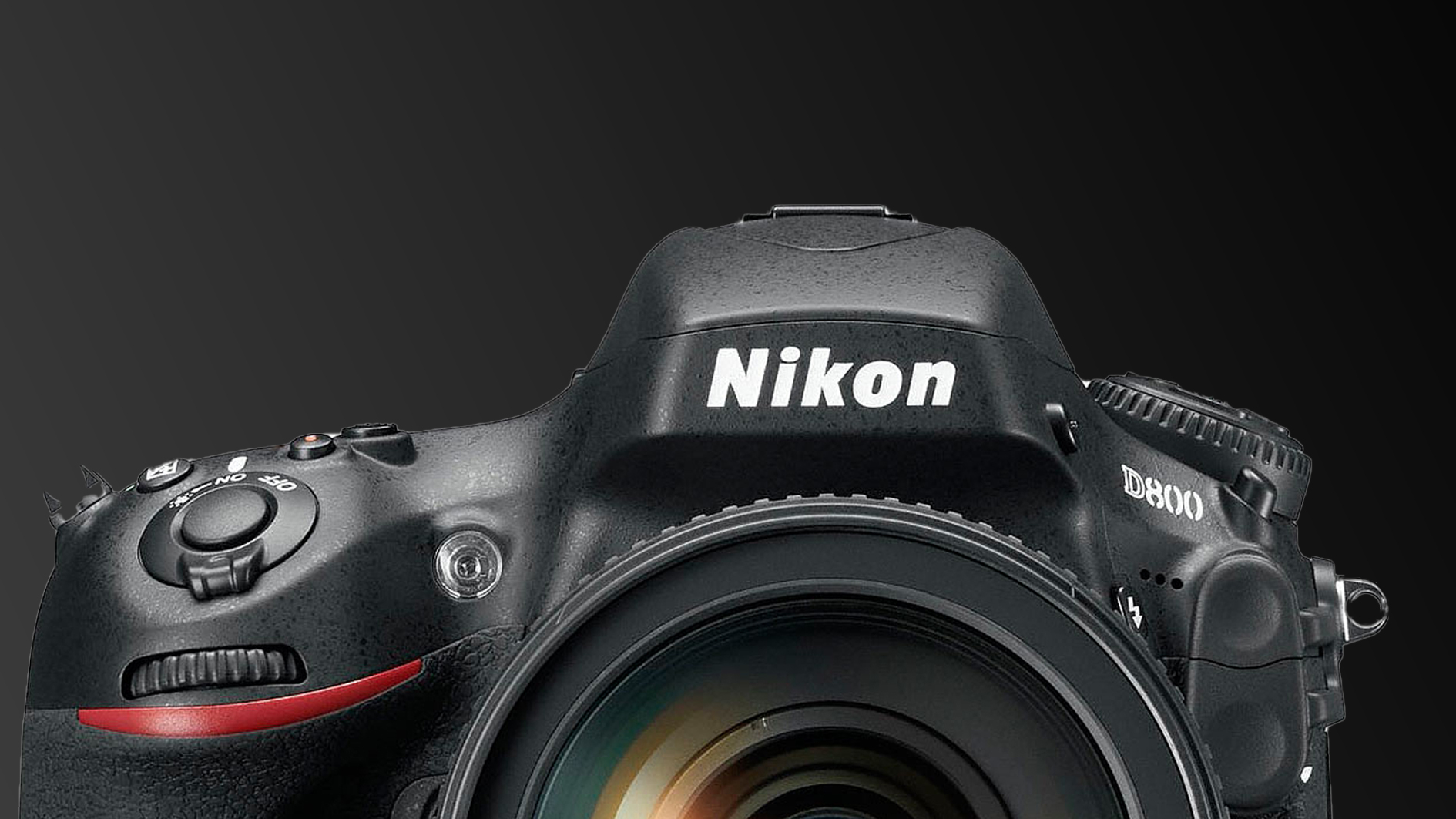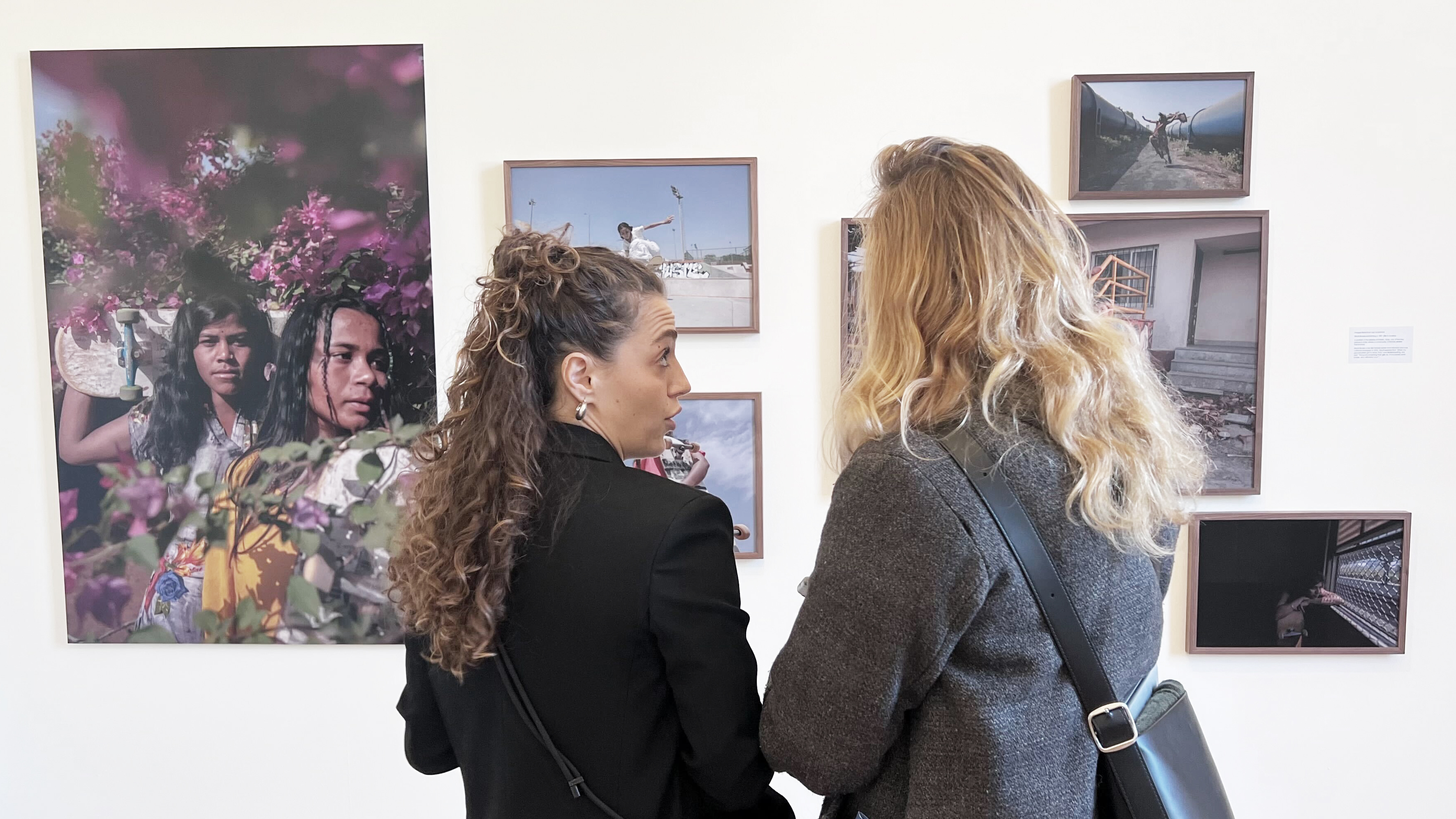What I want is more dynamic range in my photos. That's all. How hard can it be?
Video technology is advancing at breakneck speed, but in stills photography progress seems to have slowed to a crawl

It's true that AI AF can now recognize and track our subjects probably even before we've decided what we want them to be, and stacked sensors and high-speed processors allow massive burst speeds and ultra-fast electronic shutters. But the basics: resolution, ISO performance and dynamic range, don't seem to have moved on for years.
I would make a terrible camera salesperson. I would tell customers that the camera they've got is actually quite good, or that the new model they're considering does what the old one does but for a lot more money.
I have a drawer full of cameras, some brand new, some a few years old and the oldest is 12 years old. They are all good, or I wouldn't keep them. I have sold many newer cameras and kept many older ones.
This isn't just me saying this. Figures from DxOmark and our own historical lab testing data prove it – new cameras are not getting any better. Some of the best DSLRs and best mirrorless cameras for stills photography were made years ago.
If this is how it's going to be, I suspect there will be a lot of photographers out there who, like me, will continue to use 10-year-old cameras alongside new ones. Or just not buy new ones.
Rod Lawton
I will concede that ISO performance has improved. Faster readouts and better processors have certainly made a difference.
But it's dynamic range that I care about, and this has gone absolutely nowhere. Ten years ago we thought we were doing pretty well to find a camera that could hit over 12EV of dynamic range. Today we still do, and many new cameras fall short.
Much of my photography is shot in dramatic high contrast lighting, and I spend much of my time editing raw files to try to bring up shadow detail or recover blown highlight detail. And I still lose shots where one or the other has been clipped and is unrecoverable even from the raw data.
Get the Digital Camera World Newsletter
The best camera deals, reviews, product advice, and unmissable photography news, direct to your inbox!

Why dynamic range is difficult for sensors
Dynamic range is limited by the photosite 'wells' on the sensor. With very high light levels these fill completely and become 'saturated'. They can't record any more highlight detail beyond that, so your highlights are clipped.
At the other end of the scale, the photosite may record such low light levels that they become indistinguishable from the random electronic noise, or 'noise floor' generated by the sensor itself. This means you get areas of solid black with no detail, or detail so faint and noisy that it looks terrible if you try to bring it out and doesn't really count as detail at all.
There doesn't seem to be any way round the basic physics of photosites, and the old-school method of merging multiple exposures HDR-style is just too clunky for everyday use.

Do video cameras already have the answer?
Many hybrid/cinema cameras have dual gain circuitry. They use one amplification circuit for one native ISO setting, and another circuit for higher gain in lower light levels. The idea is that having two different gain circuits for different ISO ranges produces better results – especially at high ISOs – than the single gain circuit in most cameras.
So what? We're talking about dynamic range, not ISO, right?
But a couple of makers have done something rather clever. Arri introduced this idea years ago in its Alexa movie cameras, but it's since been taken up by Canon with the movie-orientated C70 model. What if the camera used both gain circuits simultaneously to capture both a high-gain and low-gain image and then merged them into a single image with wider dynamic range?
Canon calls this a 'DGO' (Dual Gain Output) sensor and reckons it gets an expanded dynamic range of 16+ stops. It all happens in camera, with no penalties in processing speed or frame rates.
Brilliant. So if this can be done in a movie camera in real-time, why don't we get this in stills cameras?
It seems to me that this is not just technically possible, but probably very easy to do in any camera with dual-gain circuitry. But I'm not sure there's enough interest from camera makers in stills photography for even a modest technical advance like this.
And if this is how it's going to be, I suspect there will be a lot of photographers out there who, like me, will continue to use 10-year-old cameras alongside new ones. Or just not buy new ones.
More opinion pieces by Rod Lawton:
- My 12 best and worst bits of camera gear ever
- Don't throw money at the 'best' lenses. Get the right ones instead
- I can't understand how taking photos got so complicated!
- I finally accepted camera metering systems are past their use-by-date
- I'm told the optical viewfinder is dead. We did that. It's our fault

Rod is an independent photography journalist and editor, and a long-standing Digital Camera World contributor, having previously worked as DCW's Group Reviews editor. Before that he has been technique editor on N-Photo, Head of Testing for the photography division and Camera Channel editor on TechRadar, as well as contributing to many other publications. He has been writing about photography technique, photo editing and digital cameras since they first appeared, and before that began his career writing about film photography. He has used and reviewed practically every interchangeable lens camera launched in the past 20 years, from entry-level DSLRs to medium format cameras, together with lenses, tripods, gimbals, light meters, camera bags and more. Rod has his own camera gear blog at fotovolo.com but also writes about photo-editing applications and techniques at lifeafterphotoshop.com
